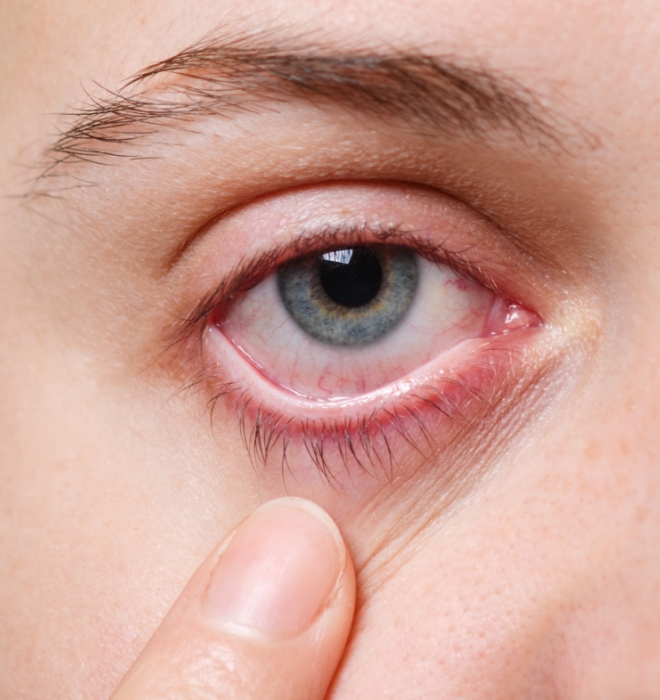Service & Facility
Service & Facility
Introduction:
Corneal and External Diseases - Restoring Clarity to Your Eye's Protective Layer

The cornea is the transparent, dome-shaped outer layer that covers the iris and pupil in the front of the eye.
It consists of five layers: epithelium, Bowman’s layer, stroma, Descemet’s membrane, and endothelium.
The cornea lacks blood vessels and receives nourishment from tears and aqueous humor fluid.

Functions of the Cornea:
1. Protective Role:
- Alongside the eyelid, eye socket, sclera, and tear film, the cornea shields the eye from harmful matter.
- It acts as a barrier against dust, germs, and other external elements.
2. Refractive Function:
- As the outermost lens of the eye, the cornea helps focus incoming light onto the lens.
The lens further refocuses the light onto the retina for clear vision.
The cornea’s ability to refract light accurately is crucial for sharp vision.
Causes of Corneal Damage:
The cornea can be damaged by various factors, including:
- Chemical and thermal injuries.
- Pathological diseases like Stevens-Johnson syndrome and pemphigoid.
- Infections or inflammations.
- New tissue growths such as pterygium and tumors.
- Neurotrophic conditions resulting from damage to the eye’s sensory nerves.
- Hereditary conditions like Keratoconus and corneal dystrophies.
The cornea can be damaged by various factors, including:
- Chemical and thermal injuries.
- Pathological diseases like Stevens-Johnson syndrome and pemphigoid.
- Infections or inflammations.
- New tissue growths such as pterygium and tumors.
- Neurotrophic conditions resulting from damage to the eye’s sensory nerves.
- Hereditary conditions like Keratoconus and corneal dystrophies.
Consequences of Corneal Damage:
Severe damage to the cornea can lead to:
- New blood vessel formation and scarring.
- Loss of vision due to the compromised eye surface.
Corneal Transplant:
Corneal transplants are highly successful procedures and offer hope for restored vision.
The transplant involves replacing the damaged cornea with a healthy donor cornea.
The surgeon removes the damaged cornea and stitches the donor cornea into place.
Corneal transplants are necessary when the cornea is cloudy or damaged due to disease, injury, infection, or hereditary conditions.
The procedure has a success rate of approximately 90%, often restoring sight and providing vision for the first time in some cases.
Conclusion:
Corneal and external diseases can significantly affect vision and the health of the eye’s protective layer.
Seeking timely treatment and considering corneal transplant when necessary can restore clarity and improve vision.
Consult with our experienced professionals to explore the best options for managing corneal and external diseases and regaining optimal eye health.
